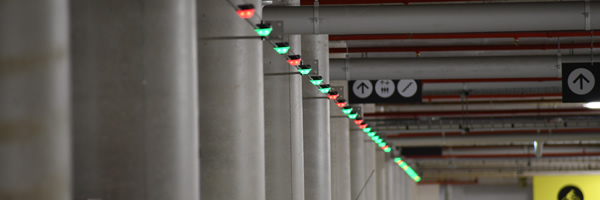
A comparison of sensors used in Parking Guidance Systems
Comparing the five most commonly used car detection technologies within the parking guidance system domain

The five most commonly used car detection technologies within the parking guidance system domain are : Infrared; Magnetic Resonance; Ultrasonic; Laser / LiDAR; and Cameras.
It will of course be the case that individual decision makers will have their own experience and preferences that come into play when selecting which sensor to buy for a particular project or site .Yet few individuals have solid experience with all five of the above sensors.
Each sensor type comes with its distinct advantages and disadvantages. When it comes to the operating environment into which they may be installed, their respective attributes merit careful consideration. It is important to recognise, particularly with larger more complex sites, that rarely can a single sensor type meet the complete requirements of a site and maintain a consistently high degree of accuracy across all areas of that site. As an example, a camera may be perfectly good for 100% of the site 22 hours of the day, but terrible across 10% of the site’s area that is impacted by sun glare at sunrise and/or sunset.
Park Agility is an experienced team with a sound working knowledge of each of these sensor types. We also have one of the largest installation bases of Parking Guidance Solutions (PGS) in Australia. In order to achieve our stated goal of 99.9% accuracy across the entire site, it is a ‘No-Brainer’ for the Park Agility team to undertake a site-specific Parking Guidance Solution design that takes into consideration varying surface areas, environmental and lighting conditions, as well as a range of other factors and then recommend one or more different sensor technologies.
As best we know, Park Agility is the only Parking Guidance System company in the market that has experience with all five sensor technologies and has integrated all five into its PGS Management System. At Park Agility: Accuracy Matters!
Contact us if we can help with your site.

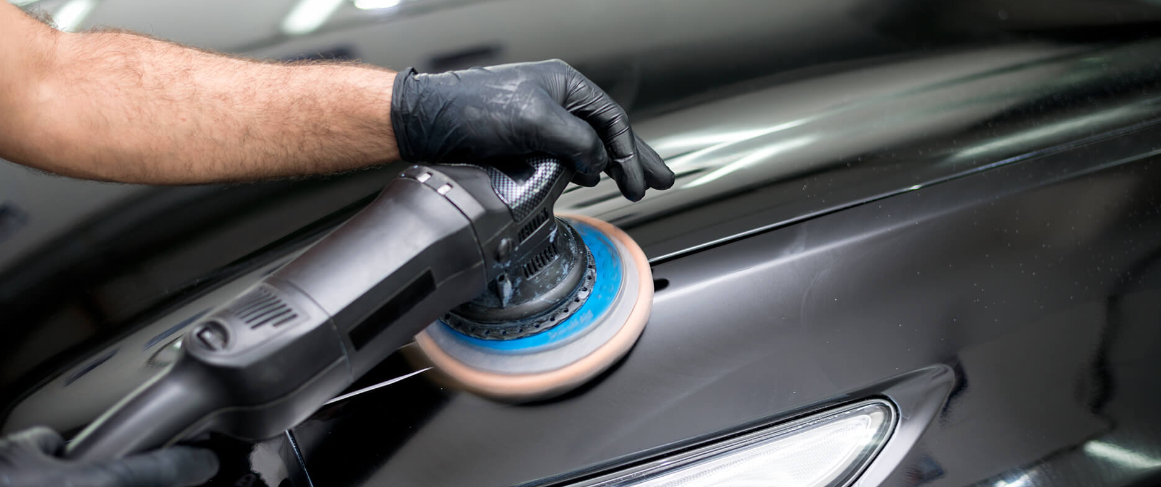
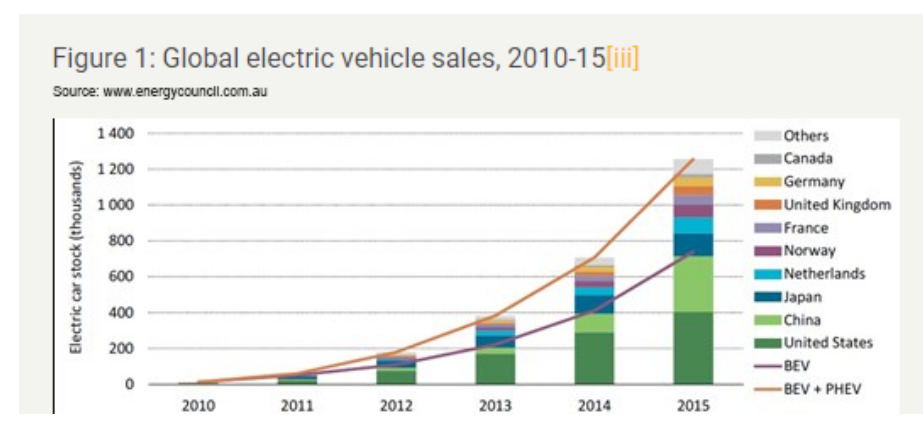

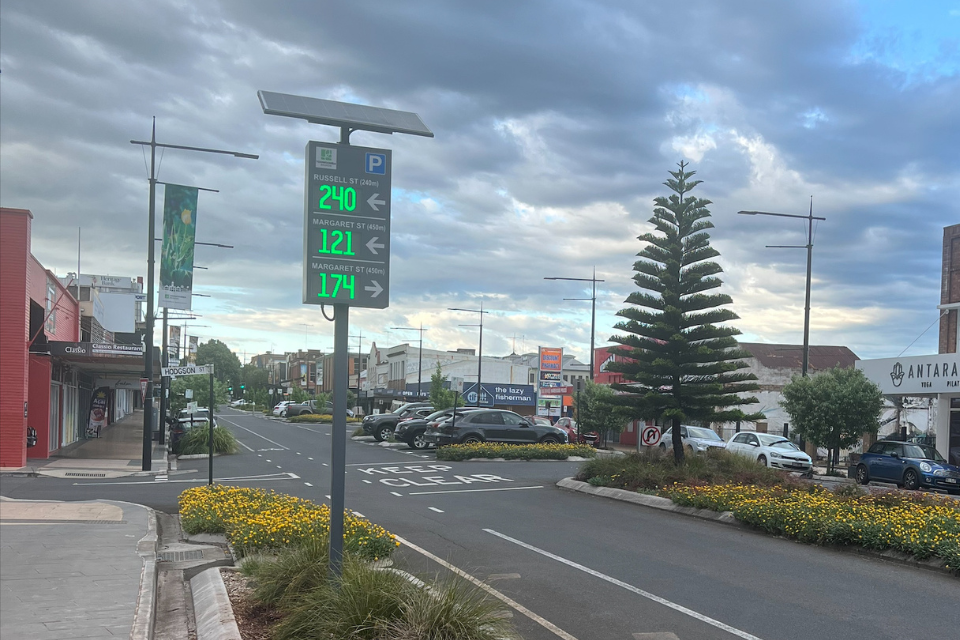
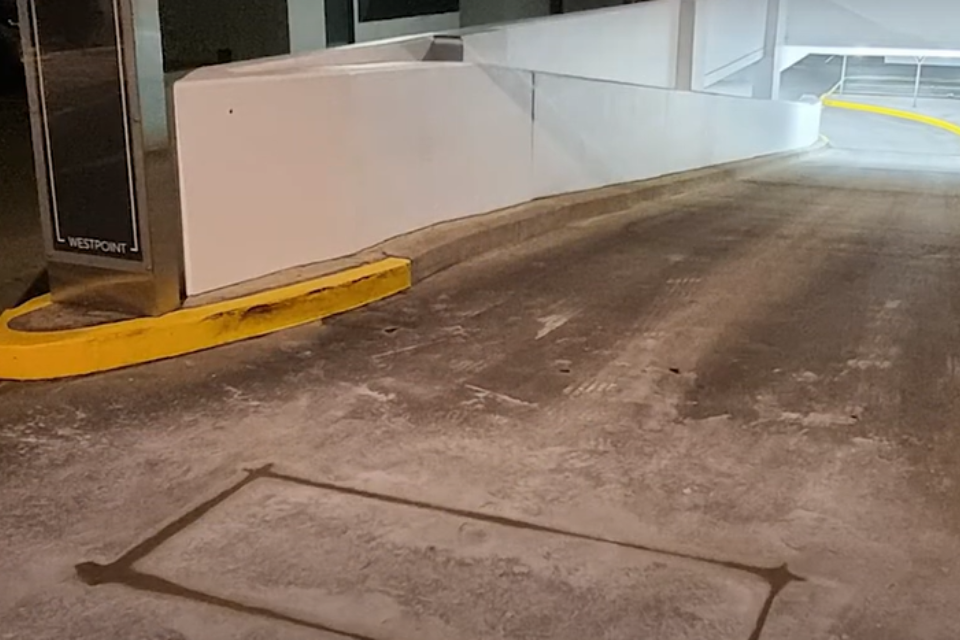
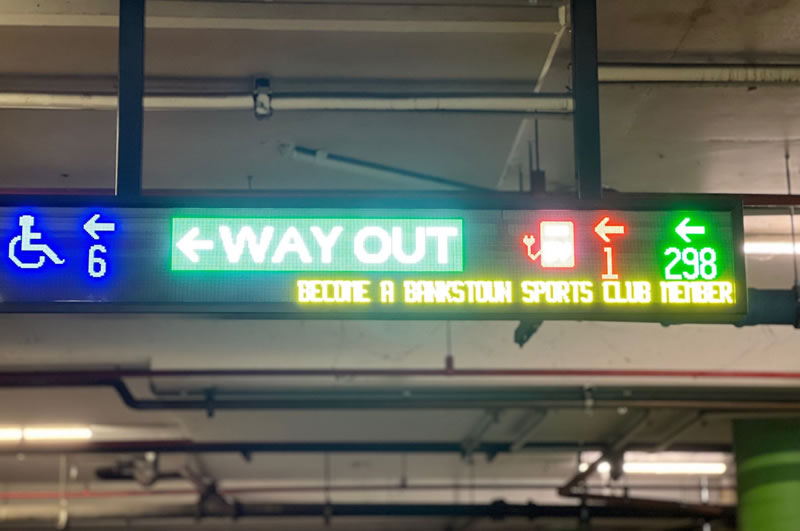
Recent Comments